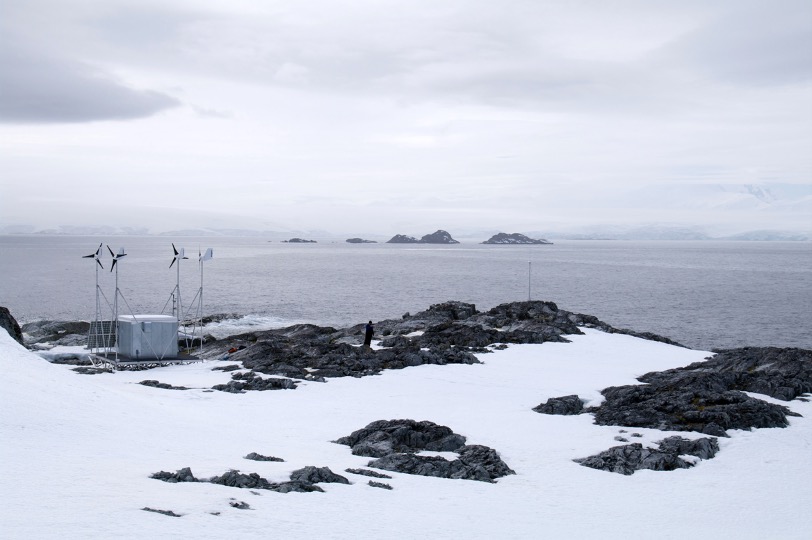Research Update: A Recirculating Eddy Promotes Subsurface Particle Retention in an Antarctic Biological HotspotPosted January 05, 2022
Undersea canyons play important roles as oceanic biological hotspots and are critical for understanding many coastal ecosystems. These canyon biological hotspots have persisted for thousands of years along the Western Antarctic Peninsula. A recent study of the Palmer Deep Canyon found that a subsurface element, rather than the upwelling of deep, nutrient-rich water, impacts the creation of this hotspot. The study found that a subsurface, closed eddy, a circular current of water, increases how long nutrient-rich particles stay in the canyon. This retention through the productive summer months may be a critical cause of the establishment of the biological hotspot. Understanding the fundamental mechanisms of these underwater hotspots also improves understanding of the connection between submarine canyons and persistent penguin population hotspots. Additionally, the data provides a new model for Antarctic hotspots. Read the article in Advancing Earth and Space Science. |
Research Update: A Recirculating Eddy Promotes Subsurface Particle Retention in an Antarctic Hotspot



For USAP Participants |
For The Public |
For Researchers and EducatorsContact UsU.S. National Science FoundationOffice of Polar Programs Geosciences Directorate 2415 Eisenhower Avenue, Suite W7100 Alexandria, VA 22314 Sign up for the NSF Office of Polar Programs newsletter and events. Feedback Form |


